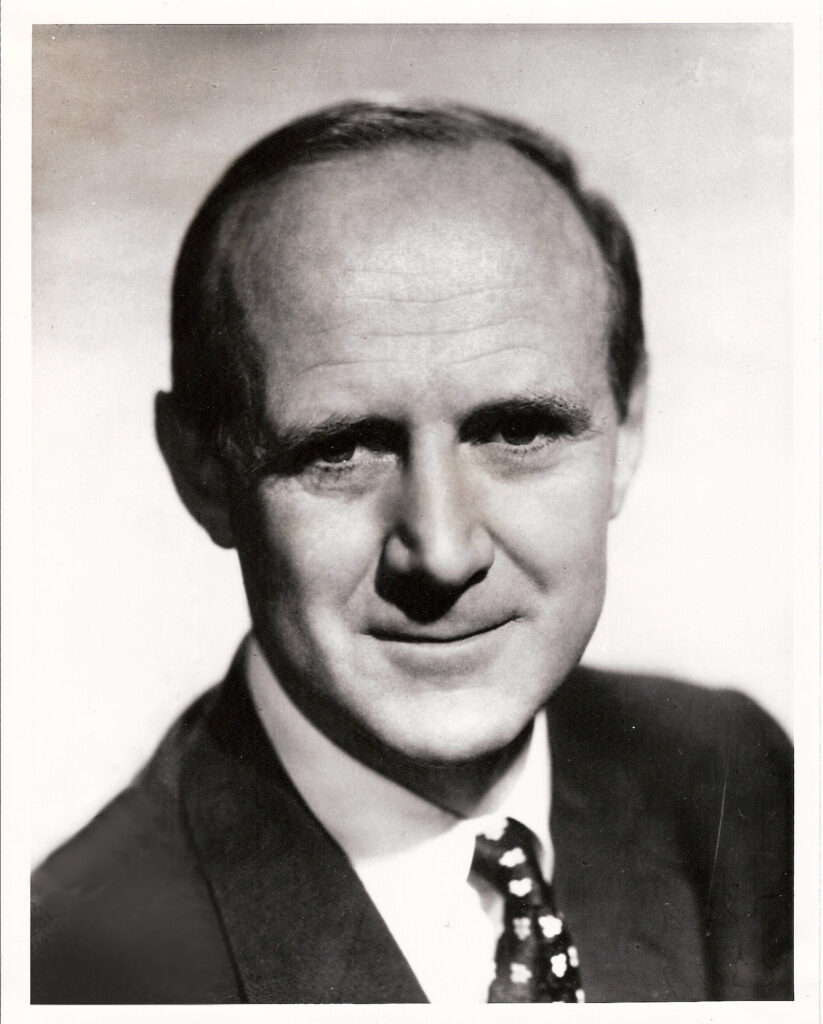Directed NASA’s Jet Propulsion Laboratory.
William H. Pickering was born on December 24, 1910, in Wellington, New Zealand. After attending Havelock School in Marlborough, New Zealand he entered Wellington College where he first studied astronomy. Pickering spent a year at Canterbury University College in Christchurch then emigrated to the United States in 1929. He received a Bachelor of Science degree in Electrical Engineering in 1932, an M.S degree in Physics the next year and in 1936 a Ph.D. in Physics. All of his degrees were from the California Institute of Technology (Caltech). In 1941, Pickering became a US citizen and in 1946 was named Professor Emeritus of Electrical Engineering at Caltech.
In World War II Dr. William Pickering worked for Caltech’s Jet Propulsion Laboratory (JPL). He was brought into the Lab due to his expertise in telemetry, the science of radio control. He soon transferred much of his attention to aeronautics, however, as JPL began to develop missiles for the war effort. From 1944 to 1946, Pickering was project manager for the WAC Corporal, the first operational missile developed by JPL and America’s first ballistic missile.
In 195, William Pickering left Caltech to work for JPL on a full-time basis. He became Director of JPL in 1954, a position he held until 1976. Working with Wernher Von Braun and the Army Ballistic Missile Agency, Pickering’s JPL team designed and built the upper rocket stages and payload for Explorer I, America’s first satellite. Carrying experiments developed by Dr. James Van Allen, Explorer 1 was launched from Cape Canaveral, Florida on January 31, 1958, less than four months after Russia launched mankind’s first satellite, Sputnik. Explorer, I orbited the earth for the next ten years and discovered the radiation belts now named for Van Allen.
In 1958, Pickering and the JPL were transferred from the U.S. Army to the newly created National Aeronautics and Space Agency (NASA), and charged with the unmanned exploration of the Moon and planets. Although the American Government was placing ever more emphasis on space exploration, NASA lagged behind the Soviet space program until December 16, 1962, when JPL’s Mariner 2 satellite made the first successful “fly-by” of the planet Venus. This was the first significant triumph for the U.S. space program that had not been already accomplished by the Soviets.
Under Dr. Pickering’s direction, by the end of the 1960s, the Jet Propulsion Lab developed the basic concept and design of the attitude-stabilized, automated spacecraft for remote investigation of other bodies in the solar system. Spacecraft developed by Pickering’s JPL team include the first successful U.S. lunar space probe (Pioneer IV, in 1959), the Mariner flights to Venus and Mars from 1962 to 1965, the Ranger photographic missions to the moon in 1964 and 1965 (which returned the first photos from the lunar surface), the Surveyor lunar landings of 1966 and 1967, and the Viking landings on Mars in 1976. Other JPL-powered spacecraft have flown to Jupiter and Saturn.
William Pickering retired from JPL in 1976. After a brief return to Caltech, He accepted a two-year teaching post in Saudi Arabia. Between 1977 and 2004, Dr. Pickering was also Patron of the New Zealand Spaceflight Association. In 1978, he returned to the United States. He then founded a company that used woodchips for energy but remained in touch with NASA and JPL. He was at JPL in January 2004 when the Mars Exploration Rover (MER) landed on Mars.
A U.S. citizen for most of his life, Pickering also retained close ties to his New Zealand homeland, and in 1976, received an honorary knighthood (KBE) from the Queen. He had already received numerous other honors, including personal messages from five U.S. presidents. In 1975, Pickering was awarded the National Medal of Science by President Gerald R. Ford, and in 1994, he was given the Japan Prize by the Emperor Akihito.
Known to many as “Mr. JPL,” or as the original “Rocket Man,” Sir William Pickering died at the age of 93 in La Cañada Flintridge, California on March 15, 2004. Asteroid 5738 Billpickering and Pickering Crater on Mars are named in his honor.
In 1993 the president of Caltech, Thomas E. Everhart offered this tribute:
“More than any other individual, Bill Pickering was responsible for America’s success in exploring the planets – an endeavor that demanded vision, courage, dedication, expertise and the ability to inspire two generations of scientists and engineers at the Jet Propulsion Laboratory.”

